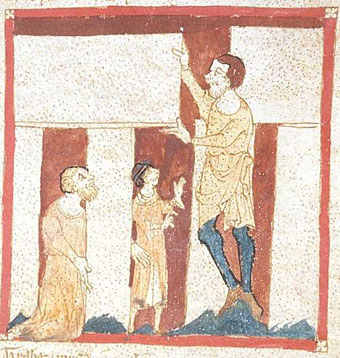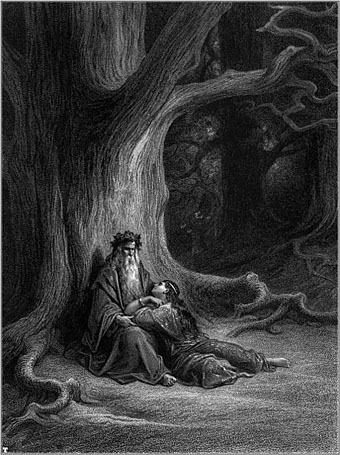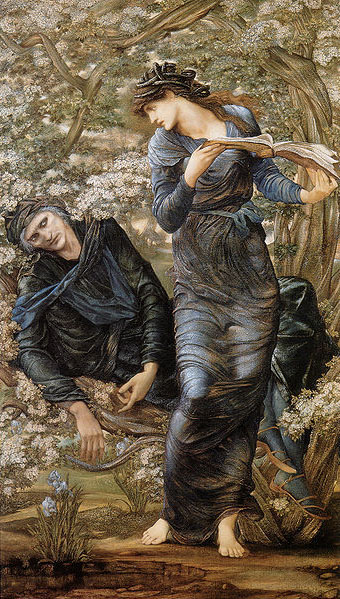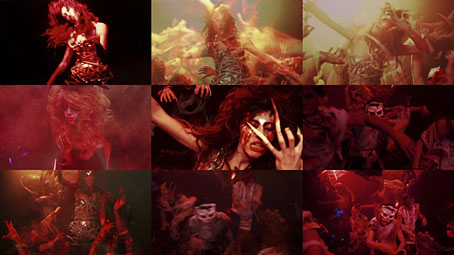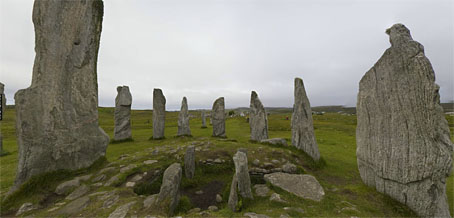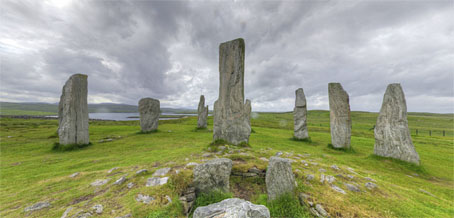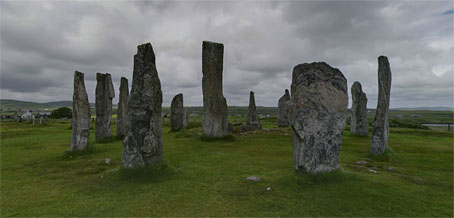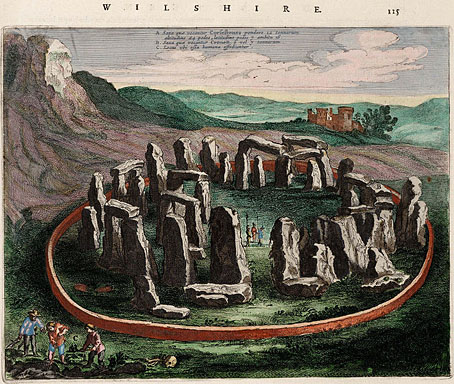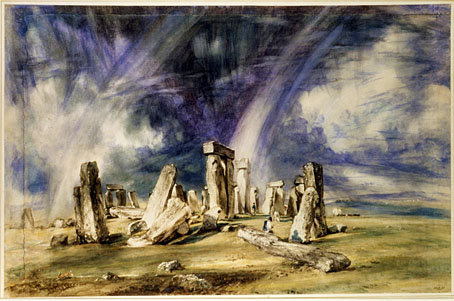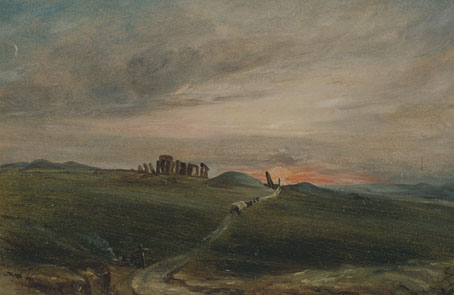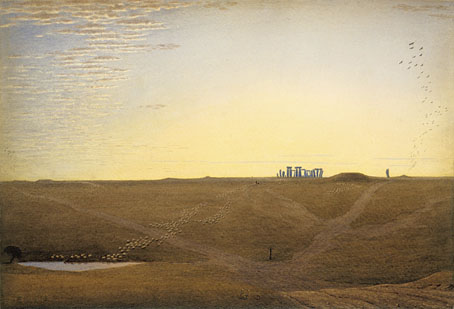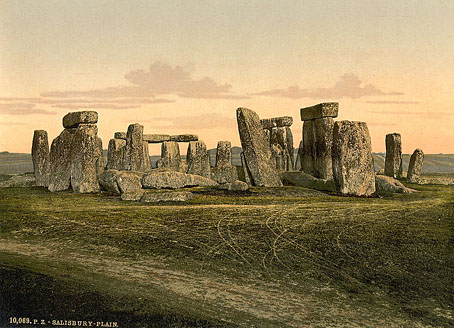From What is a Witch, “an illuminated manifesto on witchcraft” by Pam Grossman and Tin Can Forest.
• “The other strand of influence for me from dance music was a production house called Savoy in Manchester, England. They were a super underground publishing house that printed cartoons and comic books, and they also released a series of underground dance records. And they were always being shut down by the police and all their stuff was being confiscated, because it was considered ‘anti-society’ in England.” Anohni giving a shout to my colleagues at Savoy Books in a new interview.
• Belladonna of Sadness (1973), a feature-length animated film by Eiichi Yamamoto, has been restored, and is being given a premier release in the US. There’s a review here and a trailer here. No news as yet of a UK release but Finders Keepers has the soundtrack album.
• Alejandro Jodorowsky talks to Daniel Kalder about his new novel, Albina and the Dog-Men, while Jodorowsky’s comic-book collaborator, Ladrönn, talks to Smoky Man about their new graphic novel, The Sons of El Topo.
Pretty little watercolours these are not. Made by bulldozers and dynamite instead of a paintbrush and easel, the works—often sited on baking sandscapes—fuse minimalism and modern industrial aesthetics to evoke the otherworldly structures of ancient civilisations, from Stonehenge to Mayan temples and the Egyptian pyramids.
Alex Needham on America’s land artists. A few years ago I tracked down some of the structures he describes using Google Maps.
• In every dream home a heartache: High Rise director Ben Wheatley on adapting Ballard, practical special effects and ’70s parenting.
• Tom Phillips: From Prequel To Sequel, an exhibition of pages from A Humument at Shandy Hall Gallery.
• From fresh food to magic mushrooms: Michael Pollan probes the medicinal uses of psychedelic drugs.
• “Let’s not forget graphic design is an artistic discipline,” says Jonathan Barnbrook.
• Supervert discusses censorship and related matters at SomethingDark.
• “I’ve sung gospel music when in great despair,” says Diamanda Galás.
• Mix of the week: FACT Mix 550 by James K.
• Boy Club is a new gay magazine.
• Gospel Trane (1968) by Alice Coltrane | The Gospel Comes To New Guinea (1981) by 23 Skidoo | Gospel Train (1990) by African Head Charge


